

Even though we all think of the freezing point of water as 0 °C, very pure water remains a liquid until about -40 °C. Water crystallizes to ice in the presence of tiny nucleation particles in the atmosphere. These particles can be sea spray, soot, dust … and bacteria.
Bacteria are particularly good at ice nucleation (IN), causing it to occur at temperatures as high as -2 °C. As Ed Yong described 3 years ago:
Ice-forming bacteria like Pseudomonas syringae rely on a unique protein that studs their surfaces. Appropriately known as ice-nucleating protein, its structure mimics the surface of an ice crystal. This structure acts as a template that forces neighbouring water molecules into a pattern which matches that of an ice lattice. By shepherding the molecules into place, the protein greatly lowers the amount of energy needed for ice crystals to start growing.

Ice on fruit tree flowers. There because of bacteria? (USDA photo)
The fact that bacteria like
P. syringae nucleate ice crystals has been known for decades. They can be used for
gee-whiz science demonstrations, and, at a much larger scale, as
one method for creating artificial snow. On the flip side, the presence of
P. syringae is also also
makes plants more likely to be frost damaged at temperatures just below freezing. Only in the last several years, though, has the role of bacteria in producing precipitation from the atmosphere begun to be appreciated.
First, Brent Christner and colleagues discovered that every freshly fallen snow sample they collected, even in Antarctica, contained these ice nucleating bacteria. In the resulting 2008 Science paper, they noted:
The samples analyzed were collected during seasons and in locations (e.g., Antarctica) devoid of deciduous plants, making it likely that the biological IN we observed were transported from long distances and maintained their ice-nucleating activity in the atmosphere…our results indicate that these particles are widely dispersed in the atmosphere, and, if present in clouds, they may have an important role in the initiation of ice formation, especially when minimum cloud temperatures are relatively warm.
Then researchers in the Amazon rainforest discovered that primary biological aerosol (PBA) particles, including plant fragments, fungal spores…and yes, bacteria, were a dominant contributor to ice nucleation in clouds above the rainforest. (Even the though the Earth surface is hot in the Amazon, high enough in the troposphere, it’s still below freezing.) As Pöschl and colleagues reported in Science in 2010:
Measurements and modeling of IN concentrations during AMAZE-08 suggest that ice formation in Amazon clouds at temperatures warmer than –25°C is dominated by PBA particles… Moreover, the supermicrometer particles can also act as “giant” [cloud condensation nuclei] CCN, generating large droplets and inducing warm rain without ice formation.
The latest contribution to the growing understanding of bacteria’s role in precipitation was recently presented at the American Society of Microbiology meeting. Alexander Michaud studied hailstones that fell on his Montana State University campus, and as reported by the BBC:
He analysed the hailstones’ multi-layer structure, finding that while their outer layers had relatively few bacteria, the cores contained high concentrations. “You have a high concentration of ‘culturable’ bacteria in the centres, on the order of thousands per millilitre of meltwater,” he told the meeting.
What all of this adds up to is that we now know that bacteria and other biological particles are prevalent in the atmosphere around the world and are stimulating multiple forms of precipitation. As a hydrologist, I think I can wrap my head around this. But what’s really wild is the feedback between biological productivity and precipitation and the possibility that the ice nucleating bacteria moving in the atmosphere may be an evolutionary trait.
Precipitation stimulated by ice nucleation above an ecosystem where the bacteria or other biological particles were emitted sustains the ecosystem that created those particles. As Pöschl et al write:
Accordingly, the Amazon Basin can be pictured as a biogeochemical reactor using the feedstock of plant and microbial emissions in combination with high water vapor, solar radiation, and photo-oxidant levels to produce [secondary organic aerosols] SOA and PBA particles (31, 32). The biogenic aerosol particles serve as nuclei for clouds and precipitation, sustaining the hydrological cycle and biological reproduction in the ecosystem.
Or, in discussion of the recent hailstone findings [from the BBC]:
Dr Christner, also present at the meeting, said the result was another in favour of the bio-precipitation idea – that the bacteria’s rise into clouds, stimulation of precipitation, and return to ground level may have evolved as a dispersal mechanism. … “We know that biology influences climate in some way, but directly in such a way as this is not only fascinating but also very important.”
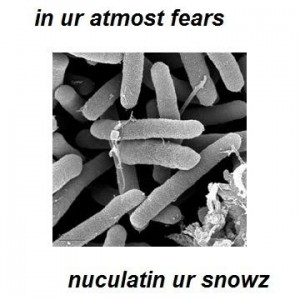
and ur rainz and ur hailz (image created by Tara Smith on the Aetiology blog)
Christner, B., Morris, C., Foreman, C., Cai, R., & Sands, D. (2008). Ubiquity of Biological Ice Nucleators in Snowfall Science, 319 (5867), 1214-1214 DOI: 10.1126/science.1149757
Pöschl U, Martin ST, Sinha B, Chen Q, Gunthe SS, Huffman JA, Borrmann S, Farmer DK, Garland RM, Helas G, Jimenez JL, King SM, Manzi A, Mikhailov E, Pauliquevis T, Petters MD, Prenni AJ, Roldin P, Rose D, Schneider J, Su H, Zorn SR, Artaxo P, & Andreae MO (2010). Rainforest aerosols as biogenic nuclei of clouds and precipitation in the Amazon. Science (New York, N.Y.), 329 (5998), 1513-6 PMID: 20847268
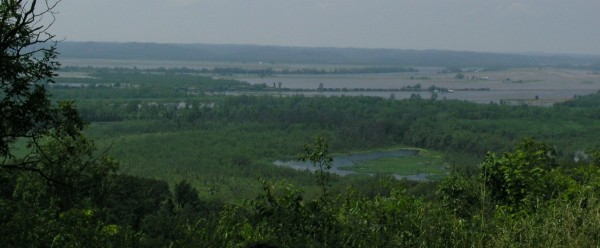
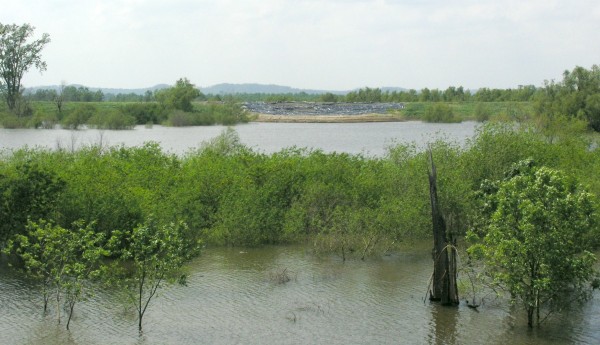
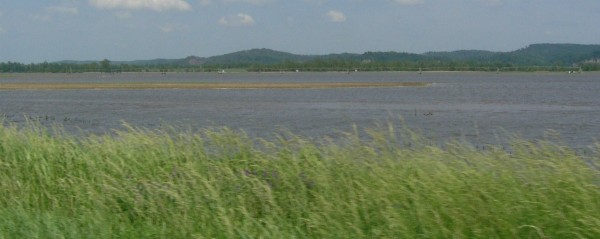


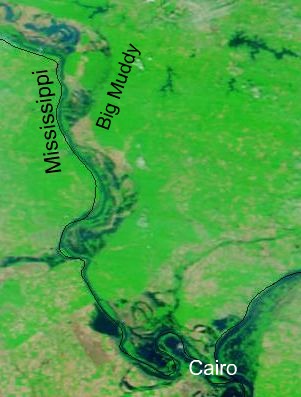
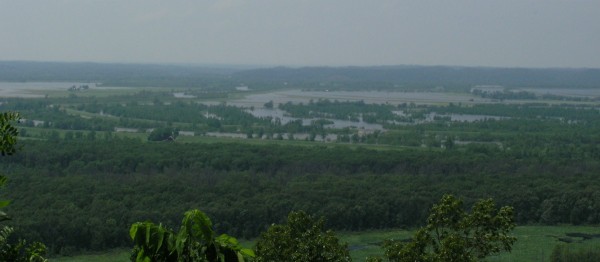
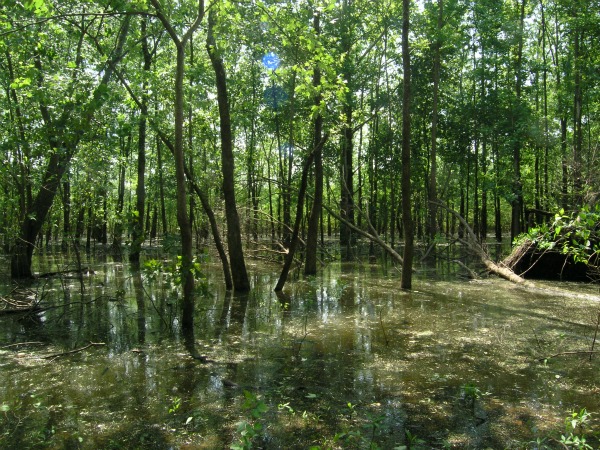

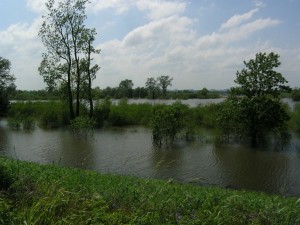


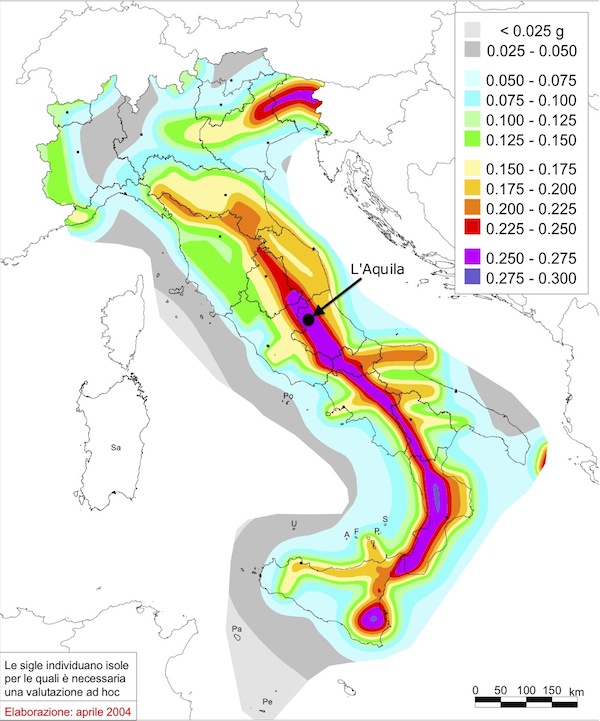

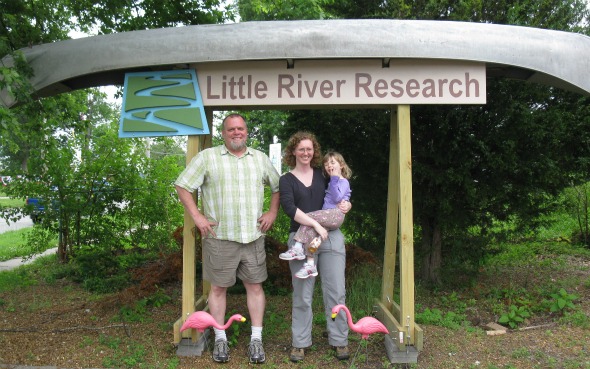
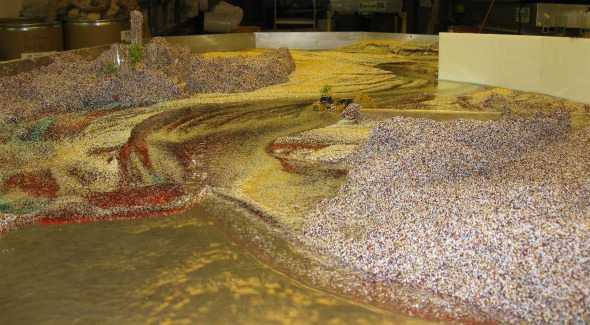
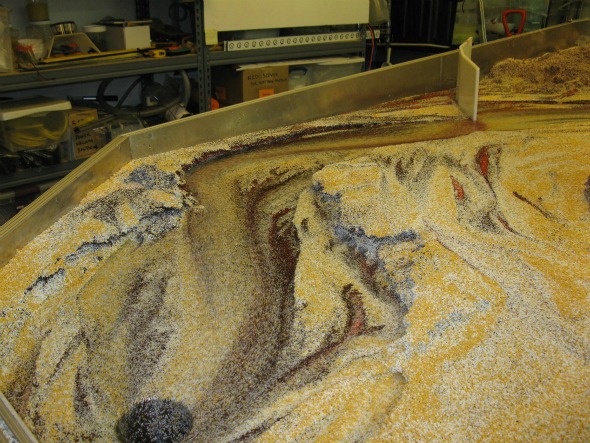





Nice plan for content warnings on Mastodon and the Fediverse. Now you need a Mastodon/Fediverse button on this blog.